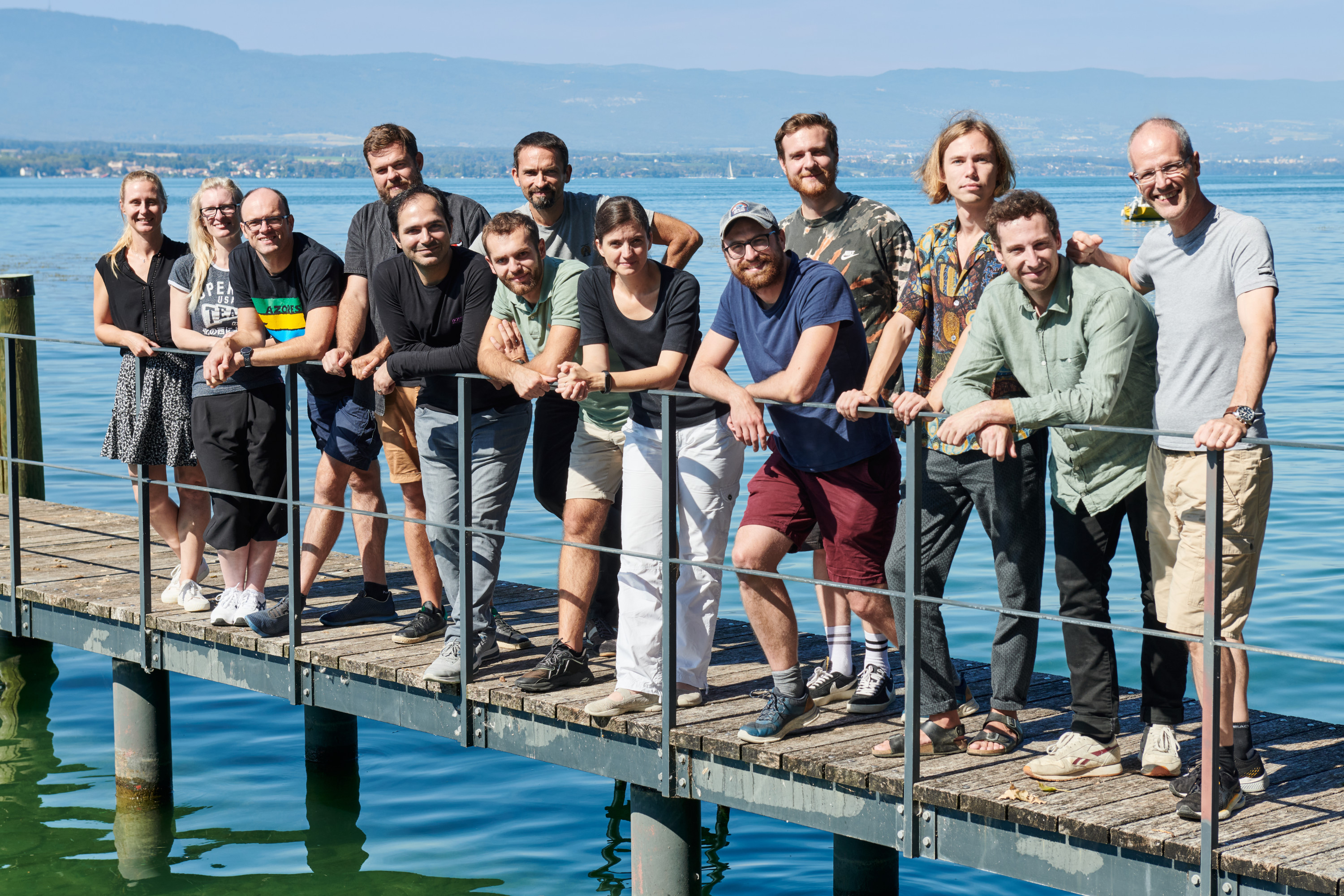A roboticist engineer joins the LANE
We are happy to welcome Benjamin Hug at the LANE.
Welcome to the website of the Milinkovitch - Tzika lab.
In a nutshell, our highly multidisciplinary team of biologists, bioinformaticians, physicists, computer scientists, mathematicians and 3D artists investigates the developmental and evolutionary mechanisms generating Life’s complexity and diversity (or maybe should we say ‘Life’s Beauty’). We investigate multiple non-classical model species, mainly reptiles and ‘exotic’ mammals, that can inform us on yet unknown exciting biological and physical processes generating this complex and diverse living world.
Central to our reasoning is that a proper understanding of the complexity and diversity of organismal forms cannot be achieved without integrating the physical constrains acting on the developmental and Darwinian processes. Our research requires integrating data and methods from comparative genomics, molecular developmental genetics, as well as physical experiments, mathematical modelling and numerical simulations. More specifically, we investigate the interactions between physical (mechanics, reaction-diffusion) and biological (cell signalling, proliferation) mechanisms that generate and constrain the variety and complexity of skin appendages (scales, hairs, spines), skin colours (pigmentary and structural), and skin colour patterns in tetrapods (four-limbed vertebrates).
Use the navigation bar at the top of the page, to explore our research topics (what we do), our scientific approach and animal models (how we do it), our scientific motivation (why we do it), and our team (who does it).
 All 2023 members of the LANE at our annual retreat on the Geneva lake.
All 2023 members of the LANE at our annual retreat on the Geneva lake.
We are happy to welcome Benjamin Hug at the LANE.
Watch our spectacular 90-second movie showcasing the outcome of our multi-layer modelling and 3D printing of folded embryonic crocodile head skin
Chemical signals versus mechanical stress: tortoise head scales reveal nature’s dual process.
We provide a cell-biology effective interpretation of the celebrated Ising model in the framework of lizard skin colour patterning.